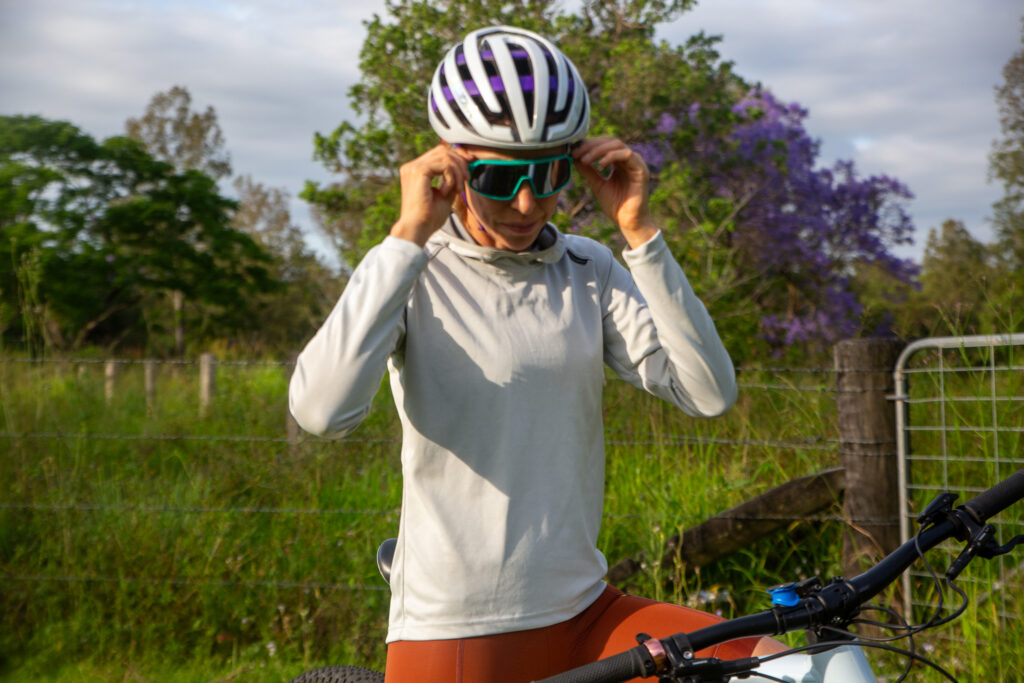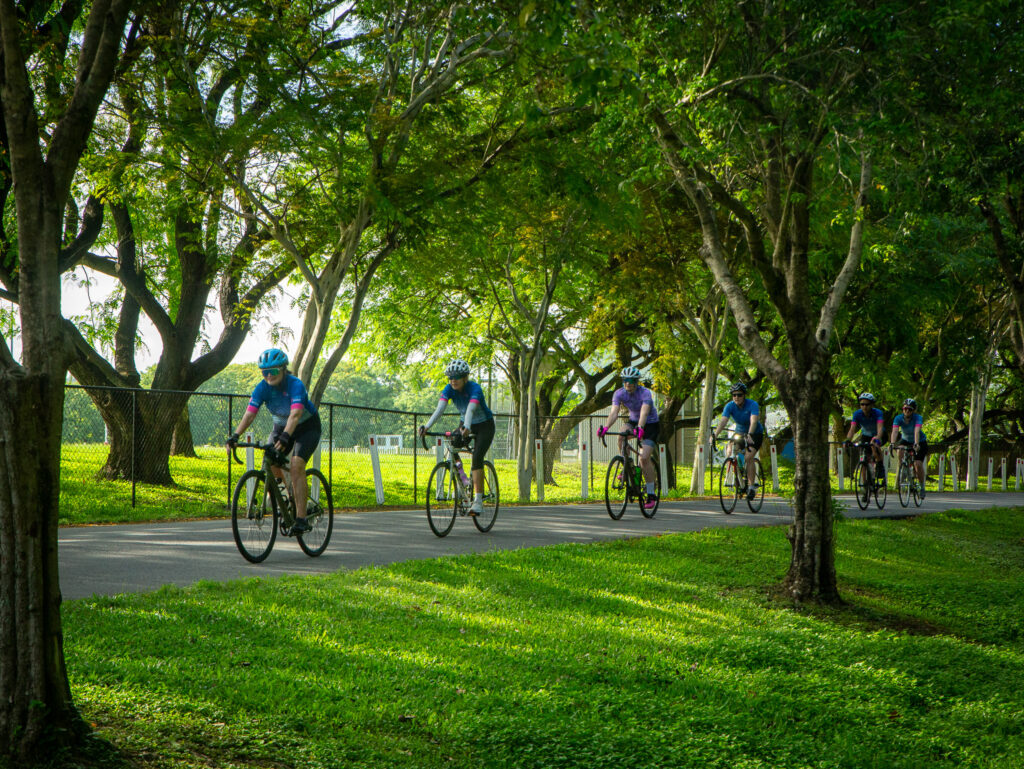BQ Meets: Planet Cycles
Tucked into the bustling heart of Woolloongabba, Planet Cycles has long held a reputation as one of Brisbane’s iconic bike ...
By Bethany Keats
As the weather heats up, it can be tempting to put the bike in the shed until the humidity subsides. Before you reach for the car keys, here are some tips to keep you on your bike during the summer months.
There is no other way to say it: you will sweat! In winter you may have got away with wearing the same clothes for the return trip, but the summer sweat factor is next level. Choose moisture-wicking clothes that will help keep you cool and take a clean set for the ride home. You will feel more comfortable in fresh clothes, even if you’re about to get sweaty again.
BQ Tests: Ground Effect Flare and Solaris sunshirts
When it’s time for the wash, make sure to add a cup of white vinegar to the machine to help remove the smell. If that’s not enough, soak them overnight in a full sink with a cup of vinegar before putting them in the machine. And if you wear a backpack, remember to wash that too!

If possible, rearrange your working hours so you’re riding when the sun is low. You don’t need to ride in the dark (unless you want to), but riding when the sun is lower in the sky takes the edge off its sting. If you’re unable to change your hours, consider other ways to avoid the overhead sun. Are there leafier streets you can take? Are there routes where you can take advantage of a breeze?
Remember: Don’t overexert yourself in the heat! Keep your fluids and electrolytes up.

Maintaining your bicycle commute during summer doesn’t mean riding in conditions that are unsafe or genuinely horrible. Have a think about what those conditions are for you and pick a way to measure them. It may be if the temperature hits a specific number by a certain time in the morning, or the rain is so heavy you can’t see a key landmark. Then, work from home or seek alternative transport. You’ll also need a plan for hometime.
Rain and storms can mean seasonal creeks, puddles, and other hazards. Before the rainy season kicks in, assess your route for areas that could become unsafe or difficult to navigate if they’re partially under water or susceptible to falling branches. Even small puddles can obscure washed out sections of the path that could result in pinch flats. Ride these sections carefully and walk your bike if necessary.
If your route includes areas that are prone to water hazards or debris after a storm, consider making it a rule to not ride 24 hours after bad weather (see above). Overall, remember to be kind to yourself. Ride to the conditions and take it slow, if necessary. With a little bit of planning, any season is a great season to ride to work!
BQ Tip: You can use Snap Send Solve to report issues on your route.
Tucked into the bustling heart of Woolloongabba, Planet Cycles has long held a reputation as one of Brisbane’s iconic bike ...
For more than two decades, Ride Technics has been helping riders sharpen their skills, from beginners tackling their first tr...
By Andrew DemackRoundabouts are one place in Australia’s road environment where the desire to enable the f...
When Harriet Muir returned to Brisbane in 2023, the question looming over her was simple: to buy a car, or not to buy a car?<...